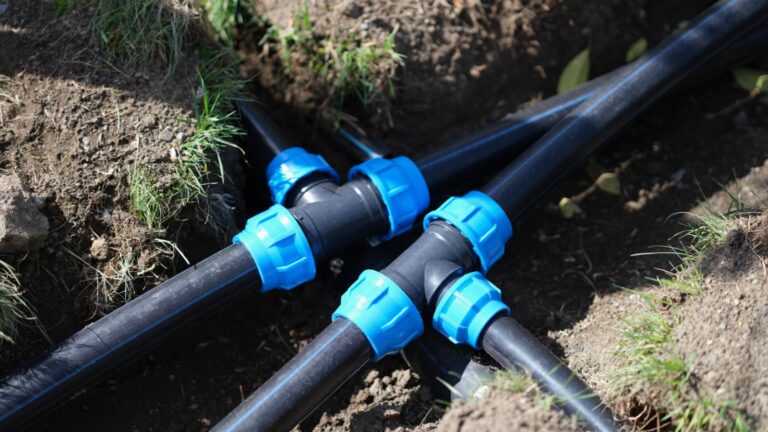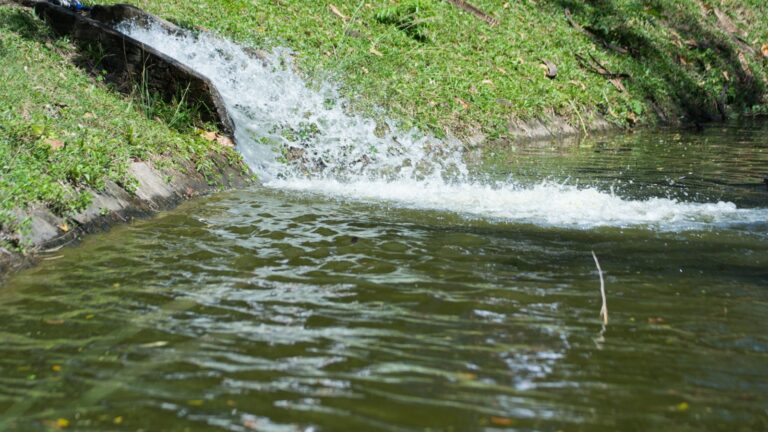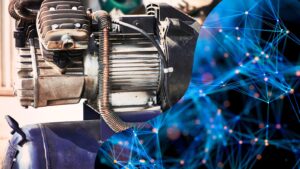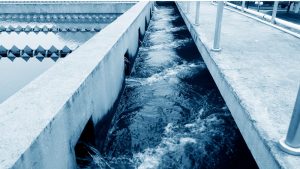Did you know that more than 80% of water in the household and industrial world goes to waste in Australia and there is a top necessity to get them back to reuse or release to suitable environments? That is the main purpose of establishing and functioning wastewater treatment plants. In the old days, many chemicals and harmful processes were used to clean the water in the plants. With the enthusiasm towards the betterment of the environment now more and more wastewater treatment plants focus on walking towards an eco-friendly path. That is why they need robust technology like ‘Lasers’.
What is the application process of lasers in the wastewater industry? What are the challenges they face regularly and how can lasers be utilised to find answers to these matters? All of these are well-explained in this article.
What is Known as ‘Laser Technology’?

This advanced technology generates intense beams of light and is a strong force. It resembles a laser lamp that can do particular tasks. The application of laser technology in connection with IoT (Internet of Things), digital twins, and data analytics can result in outstanding services. It clearly functions as a team.
So how does this happen? Lasers collect incredibly precise data, IoT links devices, digital twins generate virtual copies of actual objects, and data analytics interprets it all. Lasers capture information by reflecting light off of things and evaluating its reflection back. Laser technology converts data into insights, making the world smarter and more connected, together with other strong systems like the Internet of Things, the digital twin, and data analytics, etc.
What are the Current Challenges in Eco-Friendly Wastewater Management?

Integration of Green Technologies
The procedure involves combining environmentally friendly equipment into wastewater systems, such as green infrastructure-built wetlands and permeable road surfaces. Due to concerns about their effectiveness, maintenance, and space requirements, this change is met with challenges. Wastewater plant administrators wonder if these techniques can efficiently achieve the intended results if they are simple to maintain, and if they take up a lot of room.
It becomes difficult to strike a balance between ecological advantages and practical usefulness. Adopting sustainable wastewater solutions and overcoming the difficulty of integrating green technology need addressing these issues through outreach, creativity, and exhibiting successful implementations of robust systems.
Life Cycle Analysis
In order to successfully execute this challenging task, it is necessary to carefully evaluate all costs related to wastewater asset management, including those for construction, use, upkeep, and demolition. In the meantime, it also requires taking into account any potential environmental effects. The challenge is in precisely calculating direct and indirect expenses, predicting future spending, and calculating the environmental impact.
A fundamental challenge is finding a balance between economic viability and ecological protection. In order to overcome this obstacle, it is necessary to adopt an all-encompassing viewpoint, creative strategies, and reliable procedures in order to find solutions that not only save costs but also ensure a sustainable and responsible wastewater management plan.
Ageing Infrastructure
A lot of wastewater treatment and conveyance systems need to be repaired or replaced because they are degrading. However, balancing the need for renovations with environmental considerations is challenging. Traditional restoration techniques, which are frequently selected for their affordability, might not be consistent with current sustainability goals. The challenge is finding eco-friendly solutions while working under constrained financial and technological constraints.
Innovative approaches that consider both the demands of contemporary infrastructure and protecting the environment are essential for overcoming this hurdle. This involves a careful balancing act where new, environmentally friendly methods are looked into and wastewater management develops to satisfy environmental criteria while preserving useful functioning.
Accurate Data for Decision Making
Data-driven decision-making is a major obstacle to environmentally sustainable wastewater management. In order to guarantee that things run smoothly and with consideration for the environment, data must be utilised to inform decisions on how to manage wastewater infrastructure. The problem is that it might be difficult to obtain correct data.
It’s not always straightforward to understand how to use the facts to make informed decisions. Further, it is very important to keep the data secret and secure. Solving an issue while balancing all of these factors. It’s crucial to identify methods for gathering the appropriate data, using it correctly, and maintaining its security in order to meet eco-friendly aims.
Top 5 Applications of Laser Technology to Optimise Eco-Friendly Wastewater Management

3D Laser Monitoring and Analysis
Laser-induced fluorescence (LIF) and Raman spectroscopy serve as dynamic tools for real-time monitoring of contaminants and pollutants. These methods include illuminating the materials with laser light to cause them to generate specific signals. These signals act as a kind of code that reveals the contents of the wastewater. Technicians quickly detect and monitor contaminants by decoding this code, which is essential for taking quick action when pollution incidents occur.
With the application of this technology, employees can reliably identify and measure dangerous compounds. In the end, LIF and Raman spectroscopy improve the capacity to react quickly to pollution, contributing to the sustainability of the environment and the security of water supplies.
Green Algae Treatment
Using the ‘Green Algae Treatment’ procedure, this powerful technology plays a significant part in wastewater management by controlling dangerous algae. Lasers that can target and control troublesome algae are highly beneficial. These lasers have the capability to locate and regulate the development of unwanted algae in ponds or lagoons used for wastewater treatment.
It’s surprising how this laser technology reduces the need for chemicals to attack algae, which is great for the environment. When they do this, they lessen the damaging effects of chemical use, which is better for the environment. Protecting the ecological balance and water purity is made possible by laser technology.
Providing Valuable Insights into Various Parameters
With its function as a valuable source of knowledge, laser technology excels in wastewater treatment. It is undoubtedly a very sophisticated investigation tool. Laser-based sensors are employed in the wastewater treatment process to measure things like chemical levels, turbidity, and pH to check how acidic things are.
These sensors report to us constantly about what’s going on in the water. They never stop talking and are incredibly accurate, providing the authorities with a steady stream of information. This information aids in better guiding the course of therapy. With lasers on their side, wastewater treatment plants can maintain clean, wholesome water for both humans and the environment.
Contaminant Removal and Disinfection
Wastewater cleansing has been advanced through the use of laser technology. it is a wonderful tool for getting rid of undesirable things. To break down dangerous substances in the water, lasers collaborate with special helpers known as catalysts.
The catalysts begin disassembling the objects after receiving a push from the lasers. As a result, the effluent is safer and cleaner. What’s wonderful is that by working together, the employees can purify water and destroy bacteria more effectively. And what’s the most outstanding part of this? Fewer chemicals are required, which is excellent for the environment.
Enhancing Aeration
Laser technology has stepped in to help make wastewater treatment more eco-friendly. Lasers create special waves that make lots of tiny bubbles in the water. These bubbles are like oxygen carriers. They help clean the water better. By doing this, lasers save energy because the authorities don’t need to use as much power to pump air into the water.
This makes the whole cleaning process faster and more efficient. It is a multi-tasking tool that you can have in the wastewater treatment plants. Lasers are making sure water gets cleaner without using too much energy.
Transforming Sustainability with Modern Technology

So, it is more than an option to incorporate modern technology in complex industries. Due to these sophisticated technologies streamlining work and making the road to success while maintaining sustainability principles, new-era software solutions have truly become a fundamental requirement now. With various systems in use, business success is just one step away.







